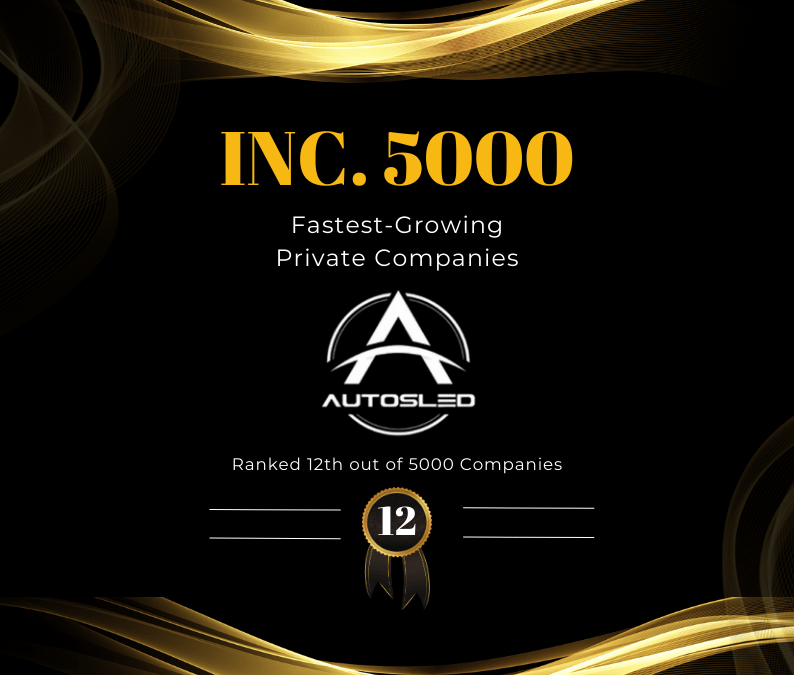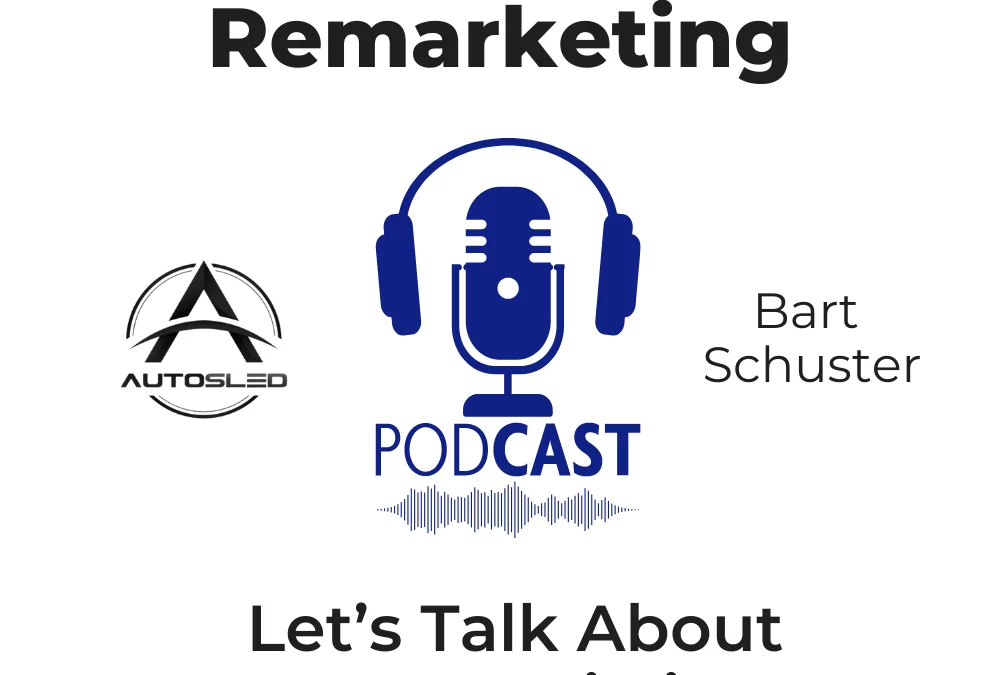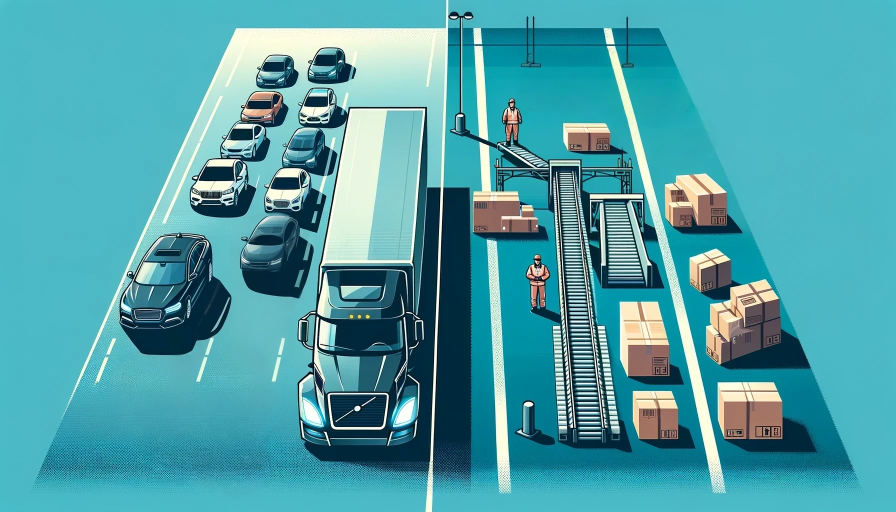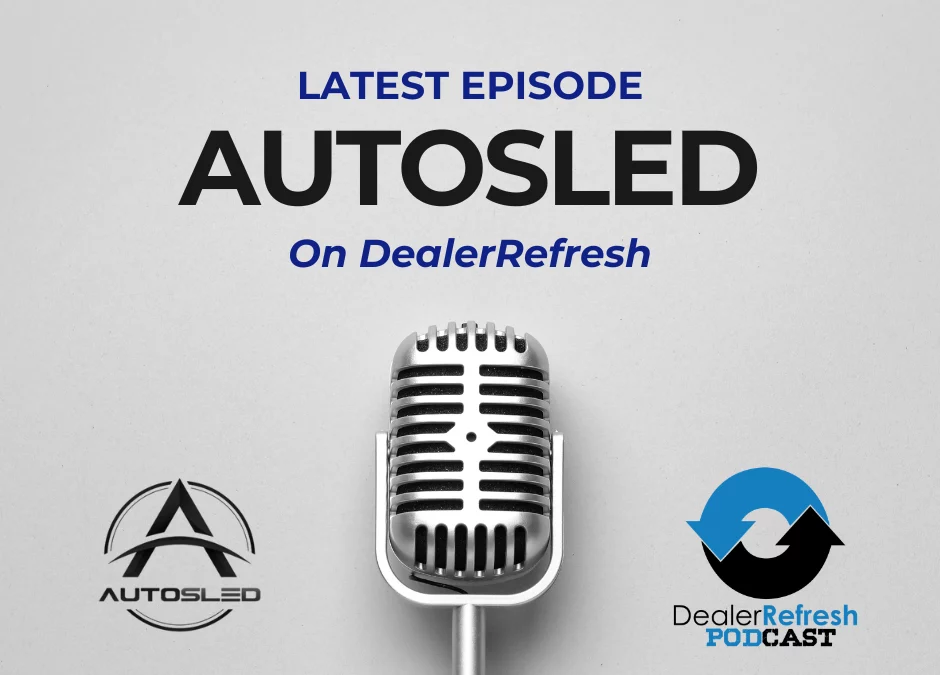
Autosled Promotes Sam Goldenberg to Vice President of Dealer Sales
Autosled Promotes Sam Goldenberg to Vice President of Dealer Sales
ROCKVILLE, MD – September 24, 2024– Autosled, No. 12 on the 2024 Inc. 5000 list of fastest-growing private companies, and a leading provider of digital technology solutions for automotive vehicle transport logistics, announced today the promotion of Sam Goldenberg to Vice President of Dealer Sales. An integral part of Autosled’s team since the company launched in 2019, Sam most recently served as Director of Enterprise Sales. During his tenure in that role, Sam was chosen as one of Auto Remarketing’s 2023 “40 under 40: Industry” honorees. Sponsored by IAA, the program focuses on up-and-coming leaders representing consignors, auctions, automotive finance companies, technology venders, associations and others within the used-car space. All industry honorees are selected from a group of nominations put forth by the retail automotive dealer community.
“Sam has been successfully managing one of our sales’ teams for the past eighteen months,” said David Sperau, co-founder and chief revenue officer at Autosled. “He’s consistently shown the ability to go above and beyond for automotive dealers and has earned a stellar reputation with our customers for his level of attentiveness and ability to follow through. These are qualities that we’d like to have in every employee on our team, so placing Sam in charge of our sales team’s hiring and training was a very easy decision. We are looking forward to seeing the positive impact this will have both on Sam individually and the company as a whole.”
In his new role, Sam continues to lead Autosled’s nationwide division of Business Development Representatives- hiring, training and mentoring them as the company continues to provide exceptional market coverage to retail automotive dealer groups of all size. In addition, he will now assume the role of hiring and training all new sales representatives for Autosled, and will expand to include working with single-store franchise rooftops as well as independent dealerships and auctions.
Prior to joining Autosled, Sam worked in retail automotive sales at a local dealership, consistently leading his team in both sales and CSI. It was here that he gained his overall appreciation for the automotive industry as well as an understanding of the unique struggles vehicle transportation logistics posed to dealerships. This understanding was only reinforced to Sam with the dealership’s high volume of out-of-state sales and continued growth of digital retailing. He joined Autosled with the goal of affecting change in this area of retail automotive business.
“I am very excited to be promoted to Vice President of Dealer Sales” noted Sam Goldenberg. “Not only will I continue working with national retail automotive dealer groups, but I’ll have the honor of helping Autosled’s new salespeople across the country succeed in their roles as well. My previous work as a retail automotive salesperson provided me with a unique ability to relate to what Autosled’s dealer customers are struggling with on a day to day basis. It’s this perspective that enables our team to truly help dealers sell and move more cars.”
About Autosled
Autosled provides seamless digital vehicle shipment options for dealers, transporters, auctioneers, brokers, and individuals. As a tech first company, Autosled’s web and phone platforms create a marketplace between shippers and transporters that are faster, cheaper, and more reliable. Services include custom price quotes, secure online payments, electronic accounting and invoicing, online vehicle shipment scheduling, verified transporter insurance and a vetted network. Vehicles delivered through Autosled are trackable, with real-time GPS and communication with transporters throughout the process. For more information, visit: www.autosled.com.
###
For Media Inquiries, contact:
Peyton Hoffman
CP Consulting Group
(757) 748-4533 (cell)



